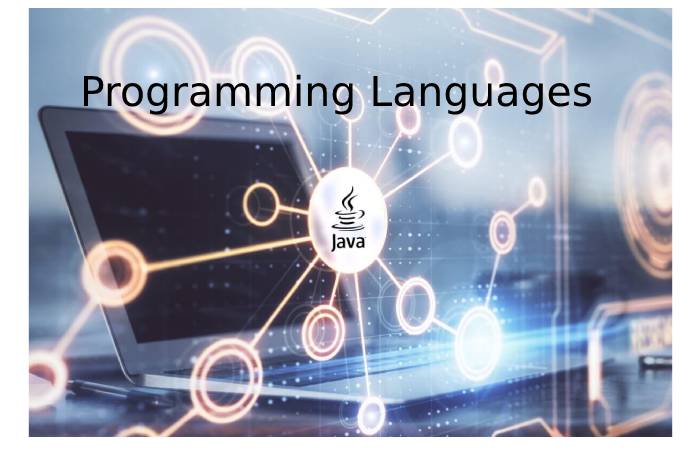Table of Contents
About
Java Trends with extensive experience in open source development, with several contributions to Hibernate, Apache Commons, and other projects. Focused on multilingual development and high-performance applications, the Author has worked on large projects in finance, government, social media, and e-commerce. A member of the JCP Executive Committee and several JSR Expert Panels.
Frameworks In A Cloud Situation
It is always essential to indicate that there are terms of service in the cloud world depending on the level of abstraction of operations that the developer or development team wishes to delegate to the cloud. The greater the conception, the lower the risk of the business; however, the service cost tends to be higher. The significant point is that managed services, as stated by Dan Moore in 97 Things Every Cloud Engineer Should Know: The Collective Wisdom of Experts, contain the installed software and all the knowledge of maintaining and managing those services, making life easier. Of the entire development team.
Policy
In this type of service, we can classify PaaS, Policy as a Service, as it allows the development team to focus on delivery and dramatically reduces the share of cloud operations. For example, with a PaaS Platform. Java Trends is possible to decrease the complexity of operations and the risks associated with using the cloud:
- Reduces the complexity of simple operations such as backup/restore and JVM and database updates.
- It uses GitOps concepts, i.e., ease of frequent deployments and ease of running atmosphere variables. It similarly has integration with Github, Bitbucket, and GitLab.
- Expresses entrance control between applications and facilities such as a database.
- Ease through the use of a CI/CD
- Already built-in services, just let us know which benefits your app needs, and Platform will manage all app information.
Java Trends to facilitate the migration of current systems or the formation of a new cloud-based platform. sh has created the following guides for the most popular frameworks in the Java world:
- Quarks
- Micronaut
- Spring
- Jakarta EE/MicroProfile (Payara)
One of the most robust features in the Java world can be found in many frameworks, of which this article mentioned the four most popular development platforms. A vital feature of the framework’s architecture is how annotations are read at runtime or compile time. The commonalities between the Java frameworks are that they have a dependency injection mechanism, best practice configuration, and Platform. Support which simplifies and speeds up the application in the cloud environment.
Also Read: Gemtweaks.Com – About, Get Free Mod Games, Why Gemtweaks com Helpful?, And More

Publ
The up-to-date software industry is vast, and there’s no unavailability of programming languages to select from. Yet even within a lone technology stack, like the Java ecosystem, it can be problematic to draw valuable conclusions about its market. Java is incredibly successful and is currently in almost every major commerce and economic zone. This, in part, makes it so difficult to come to a single declarative point of view about the state of the Java ecosystem.
But that doesn’t mean we can’t attempt to measure the state of the world.
T tens of lots of Java virtual mechanisms (JVMs) share their data daily with New Relic. To shape this report, we anonymized and deliberately coarse-grained that data to give a broad overview of the Java ecosystem as we see it. We also avoided any complete information that could help attackers and other malicious parties.
Java Trends, We hope these explanations provide some new settings and insights into the state of the Java ecosystem today. With that said, we looked at the following questions:
- Which Java forms are used in production?
- What are the most common vendors?
- What are the most recycled garbage collection algorithms?
- What are the most shared heap size configurations?
The Growth Of Non-Oracle Vendors
Another primary dynamic we’ve practiced over the last year is a growing receipt of non-Oracle Java sellers in the community.
Oracle now includes only 75% of the Java bazaar. The community-led Adopt Open JDK is the next most popular vendor. Our past trending data (which we’ve not released, as it’s based on a significantly smaller sample size than the primary dataset) specifies that Adopt Open JDK has been gaining especially in popularity, month-over-month.
Of particular note is that within Adopt Open JDK VMs recording to New Relic, practically one-third (33.19%) are Java 11. This denotes a much higher usage rate of Java 11 among Adopt Open JDK users than in the general population.
Note: In the interests of total exposure, New Relic is a sponsor of the Adopt Open JDK project and is contributing engineering time to that project.
How do Garbage Gathering Algorithms Fare?
Because of its role in recall management, garbage gathering is a matter of constant attention in the Java community.
Broadly, these choices reflect the default collector in use on different Java versions. However, when we facet by the JVM version, some interesting results emerge:
- CMS is more popular than G1 on Java 8 (14.56% vs. 12.59%)
- CMS is more popular than Parallel on Java 11 (3.96% vs. 0.20%)
- CMS is added than 35x more popular than ZGC on Java 11
Also Read: Newgrounds Video Downloader – How to download, Wonderful Memory, Highlights, And More
Related posts
Featured Posts
183.63.127.22: Key Insights into IP Address Usage
The IP address 183.63.127.22 plays a crucial role in online connectivity, acting as an identifier that helps devices communicate within…
Situs Slot Gacor Microstar88 Linktree
Situs slot gacor Microstar88 linktree is an online slot link gacor provider mpo slot that is very brave to compete…


